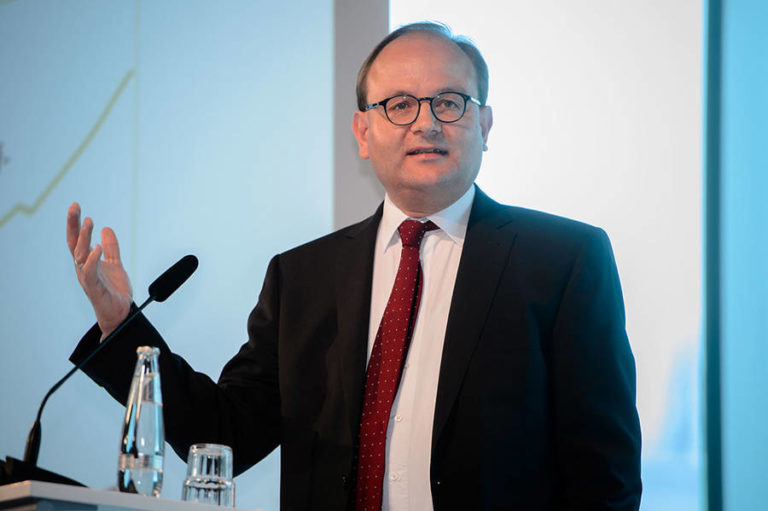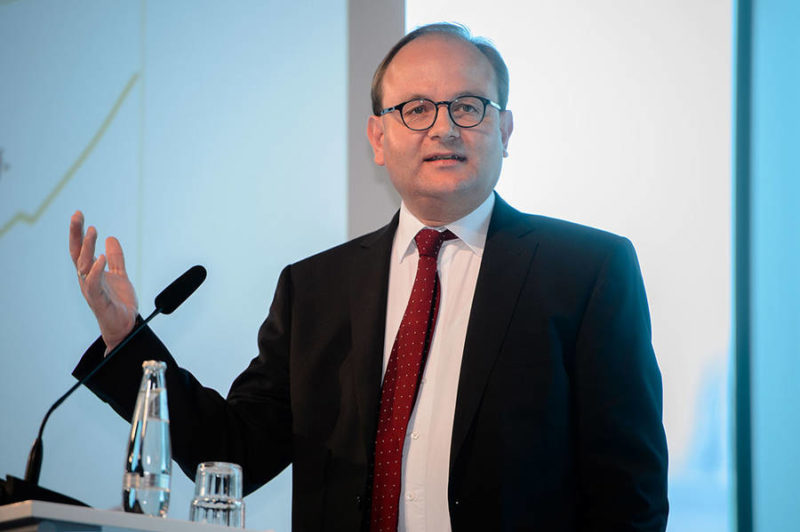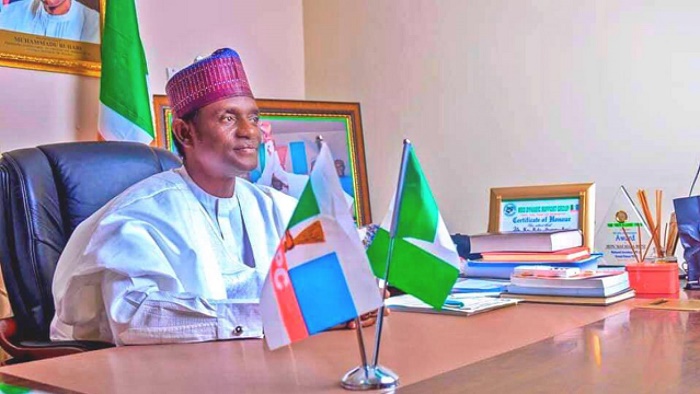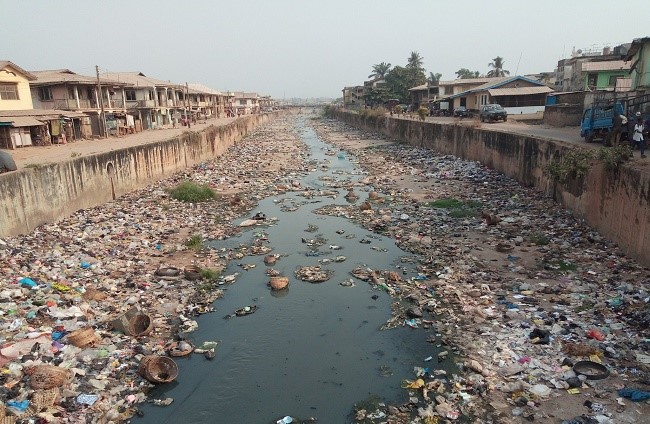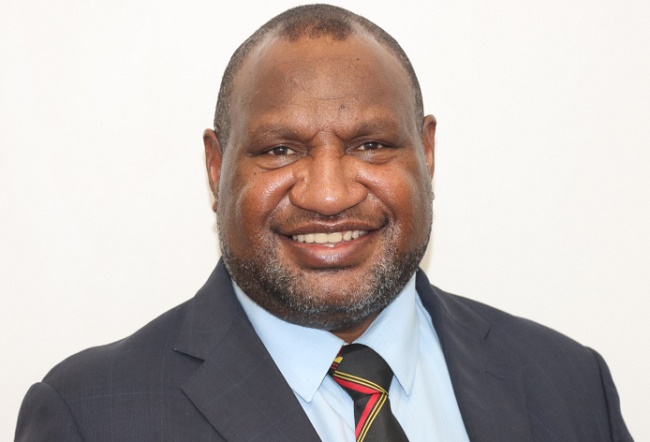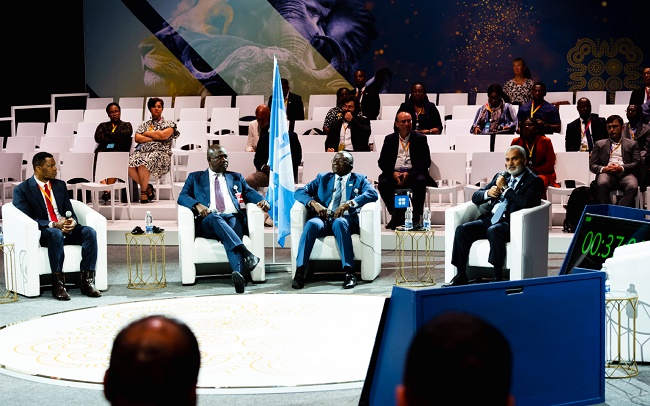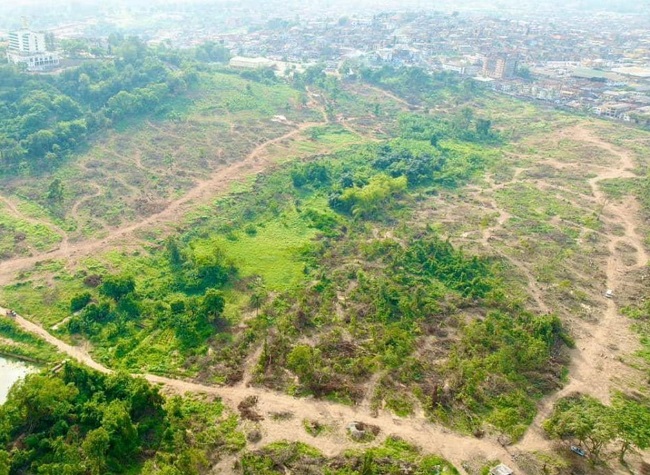Another round of climate change talks is here again at Baku, Azerbaijan, to address the rampant climate crisis.
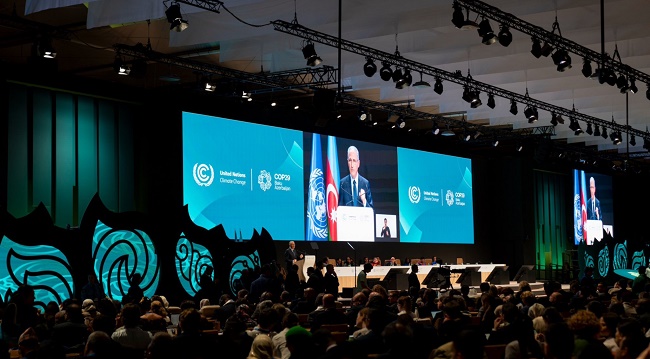
“This crisis is affecting every single individual in the world in one way or another,” acknowledged Simon Stiell, Executive Secretary of UN Climate Change at the opening of COP29 on Monday, November 11, 2024.
The 29th Session of the Conference of Parties (COP29) climate change negotiations has been dubbed the “Climate Finance COP” as a new climate finance target is sought to help developing countries overcome their vulnerabilities to the climate crisis.
“We must agree a new global climate finance goal,” said Stiell. “If at least two thirds of the world’s nations cannot afford to cut emissions quickly, then every nation pays a brutal price”.
Civil society organisations like 350.org are making it clear that fair, equitable finance is the bridge to climate action.
At COP29, they are demanding countries pledge to an ambitious climate finance goal, or New Collective Quantified Goal (NCQG) of at least $1 trillion, which must be in the form of grants and based on the financial, climate and social needs of the Global South.
Countries are also to agree to put forward climate goals – Nationally Determined Contributions (NDCs) – in line with fairly tripling renewable energy capacity and phasing out fossil fuels by 2030.
According to Stiell, if nations can’t build resilience into supply chains, the entire global economy will be brought to its knees, emphasizsng that “no country is immune”.
“Let’s dispense with any idea that climate finance is charity. An ambitious new climate finance goal is entirely in the self-interest of every nation, including the largest and wealthiest,” he noted.
There is also an expected acceleration of the shift to clean-energy and climate-resilience.
African CSOs posture
African Civil Society leaders are urging a focus on the New Collective Quantified Goal (NCQG) to achieve substantial and equitable financing solutions for climate action.
Under the aegis of the Pan African Climate Justice Alliance (PACJA), the CSOs highlighted the urgent need for global commitments on adaptation, just transition, critical minerals, mitigation, and transparency in carbon markets.
“We call for the establishment of an ambitious sub-goal for adaptation finance that prioritises public, grant-based support for developing countries, responding to needs outlined in Nationally Determined Contributions (NDCs), National Adaptation Plans (NAPs), and other national plans,” reads the statement.
Dr. Mithika Mwenda, Executive Director of PACJA, emphasised that COP29’s NCQG negotiations must address Africa’s pressing adaptation needs as well as Loss and Damage.
“If the NCQG fails to consider the adaptation needs of vulnerable populations, COP29 will not meet the threshold to be a genuine Climate Finance COP,” he stated.
The adaptation finance gap for developing nations remains significant – currently 10 to 18 times greater than actual international financial flows, which amount to approximately $20 billion per year. This falls well short of the estimated $166 billion – $366 billion needed annually to meet adaptation demands.
Prof. Seth Osafo, Senior Legal Advisor at the African Group of Negotiators (AGN), said it’s hard to talk about the NCQG leaving behind considerations of other dimensions.
“We must reimagine the quality of finance, moving beyond debt-based approaches – currently at 72% – to include concessional loans, grants, and innovative financing mechanisms.
Additionally, funding must be accessible, predictable, and structured to prioritise essential sub-goals, including Loss and Damage, while aligning on whether a single-layer or multi-layer approach best serves the mobilisation and provision of funds,” Prof Osafo stated.
As the COP29 discussions begin, African Civil Society wants world leaders to prioritise issues that meet the urgent needs of African communities on the frontlines of climate change.
Greenpeace Africa posture
As COP29 opens in Baku, Greenpeace Africa called on world leaders to deliver ambitious climate finance to African nations bearing the brunt of the climate crisis. With climate finance to developing countries dwarfed by fossil fuel industry’s profits and subsidies, African communities – who have contributed least to the crisis – are calling for immediate implementation of a Climate Damages Tax on polluters to fund loss and damage reparation.
Murtala Touray, Programme Director at Greenpeace Africa, said: “Africa stands at a critical crossroads. Establishing an ambitious New Collective Quantified Goal (NCQG) is crucial for scaling up climate finance to developing countries, particularly in Africa to tackle the scale of the prevailing crisis. As world leaders discuss, they should bear in mind the devastating droughts in the Horn of Africa and catastrophic flooding in West and Southern Africa that continue to threaten lives, livelihoods, and food security across the continent. Without a scaled-up climate finance that is fit for purpose, most African countries will be unable to deliver on their NDCs.”
While Africa contributes the least to global emissions, it suffers the most severe consequences of climate change. The time has come for wealthy nations and fossil fuel companies to pay their fair share. Greenpeace Africa demands the implementation of a Climate Damages Tax on fossil fuel extraction to ensure climate justice for marginalised African communities.
Research shows climate change could cost African economies 15% of GDP by 2030. At the same time, Africa has 40% of global solar potential but receives only 2% of renewable energy investment, while renewable energy projects create 3-5 times more jobs than fossil fuel projects. It stands to reason that more investments should go into the renewable energy sector in Africa.
Fred Njehu, Pan African Political Strategist at Greenpeace Africa, said: “African nations possess immense potential to lead the global transition to renewable energy, but this potential is undermined by continued fossil fuel exploitation and inadequate climate finances. The implementation of the COP29 agreement must deliver concrete plans aligned with the 1.5°C goal, specifically on a new collective quantified goal on finance. We refuse to let COP29 become another platform for empty promises, promoting false solutions and greenwashing.”
Greenpeace Africa’s key demands for COP29 include:
- Implementation of a Climate Damages Tax on fossil fuel companies to fund loss and damage reparation
- Significant increase in public climate finance through the NCQG, prioritising African nations’ adaptation and mitigation needs
- Concrete commitments for a rapid and just transition away from fossil fuels
- Strong safeguards against false solutions such as carbon offsets that threaten Africa’s carbon-dense ecosystems
- Recognition and elevation of African voices, including youth activists, indigenous communities, and civil society organisations in addressing the climate crisis.
Opening plenary concerns
The 29th Climate Conference (COP29) started on Monday, November 11, and delegates are already expressing reservations over some maneuvers they feel can weaken climate action.
At the opening plenary, states made the unprecedented decision to approve rules on carbon markets early and without due process. In October, a small technical committee mandated to supervise carbon markets (the Article 6.4 Supervisory Body) took the unprecedented move of finalising and putting into effect rules related to carbon removal – mostly speculative approaches intended to remove carbon dioxide from the atmosphere – as part of carbon market mechanisms. This move de-facto bypasses States’ ability to revise and strengthen the standards.
Erika Lennon, CIEL’s Senior Attorney, said: “Today, States allowed this rogue move from the Supervisory Body to prevail in the quest to start COP29 with a ‘win’. But this is hardly a win for people or the planet. Approving these carbon market rules without discussion or debate, sets a dangerous precedent for the entire negotiation process.
“This is very concerning from a procedural standpoint: it bypasses States’ ability to even discuss, much less revise the standards before they go into effect. States’ oversight is all the more critical as the Supervisory Body’s efforts to get this done has resulted in risky rules that will lead to human rights violations and environmental harm.
“While States won’t be able to undo this move, they can still partially correct the wrong by giving strong guidance to the Supervisory Body that ensures further rules are adopted in line with science, human rights, and international law.”
By Kofi Adu Domfeh and Michael Simire

